Choosing between dried and fresh herbs can make or break your dish. Dried herbs are ideal for slow-cooked meals due to their concentrated flavor, while fresh herbs add brightness to finished dishes. This guide covers when to use each, substitution ratios, storage tips, and expert tools to maximize flavor in every recipe.
Table of Contents
- When to Use Dried vs Fresh Herbs
- Flavor Comparison & Substitution Guide
- Proper Storage Secrets
- Top Herb Tools for Your Kitchen
- Buying Guide: What to Look For
- FAQs: Spice It Up with Knowledge
- Final Thoughts: Embrace the Flavor War
When to Use Dried vs Fresh Herbs
Use dried herbs when cooking requires long simmering or baking, as their concentrated flavor withstands heat. Fresh herbs shine in raw applications, garnishes, or quick-cooked dishes where vibrant aroma matters. Remember: 1 tablespoon fresh = 1 teaspoon dried for substitution.
- Use fresh herbs when:
- Making salsas, chimichurri, or pesto
- Finishing dishes like grilled meats or soups
- Recipes call for raw or near-raw applications
- Use dried herbs when:
- Preparing stews, braises, or baked dishes
- Building layered flavors during long cooking
- Storage and shelf life are priorities
| Herb Type | Flavor Intensity | Best Used In | Shelf Life | Pros | Cons |
|---|---|---|---|---|---|
| Dried Basil | Mellow, sweet-woody | Slow-cooked sauces, soups | 1–3 years | Convenient, long-lasting | Less vibrant flavor |
| Fresh Basil | Strong, aromatic, bright | Pesto, garnish, quick sauté | 5–7 days refrigerated | Powerful, complex flavor | Perishable, requires care |
| Dried Oregano | Robust, earthy | Pizza, pasta, stews | 1–3 years | Intense flavor | Can overpower if misused |
| Fresh Oregano | Gentle citrus notes, floral | Light salads, grilled veggies | 1 week max | Subtle and fragrant | Easily wilts |
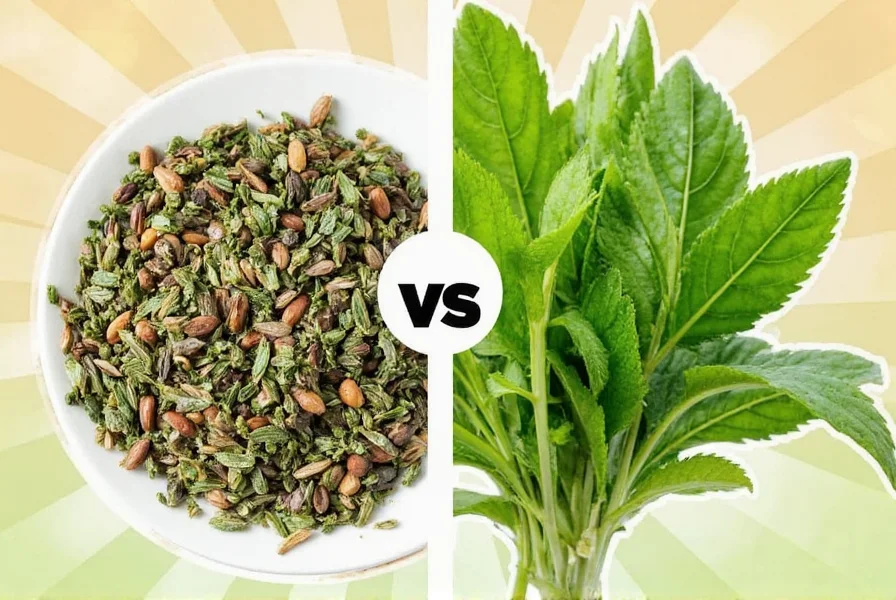
Proper Storage Secrets
Storing Fresh Herbs Like a Pro
- Trim and Treat: Snip the ends and place in a glass of water, like a bouquet.
- Cover Up: Loosely cover with a plastic bag or reusable silicone bag.
- Freeze for Later: Blend with olive oil and freeze in ice cube trays for ready-to-use herb bombs.
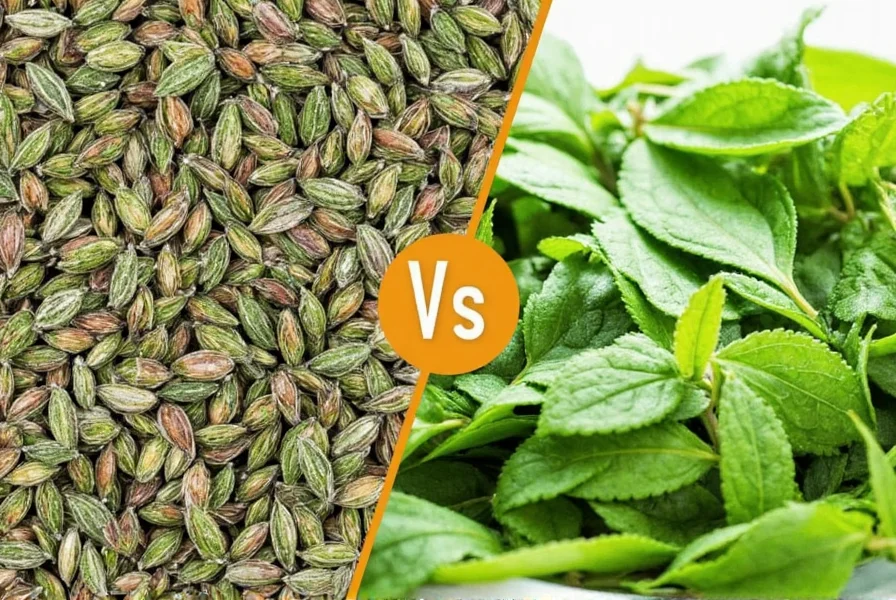
Storing Dried Herbs for Maximum Shelf Life
- Dark & Dry: Keep them away from light and moisture (think spice drawer or cabinet).
- Airtight Containers: Mason jars with tight lids work wonders.
- Label & Date: Mark when you bought or made them so you don't lose track of freshness.
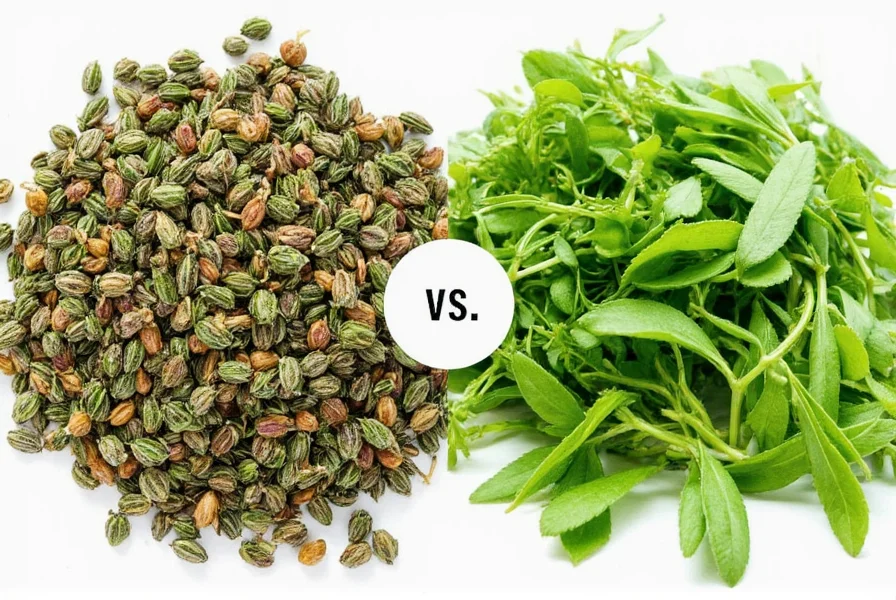
Top Herb Tools for Your Kitchen
Want to level up your herb game? These tools make working with both fresh and dried herbs easier and more efficient:
- Microplane Zester Grater
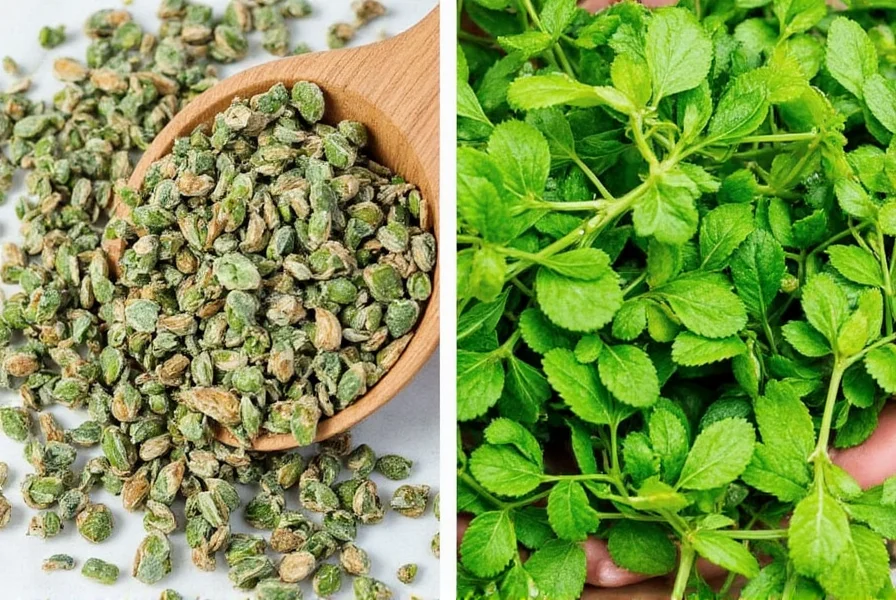 Perfect for releasing flavor from citrus zest or finely grating hard spices and herbs.
Perfect for releasing flavor from citrus zest or finely grating hard spices and herbs. - Herb Stripper Tool
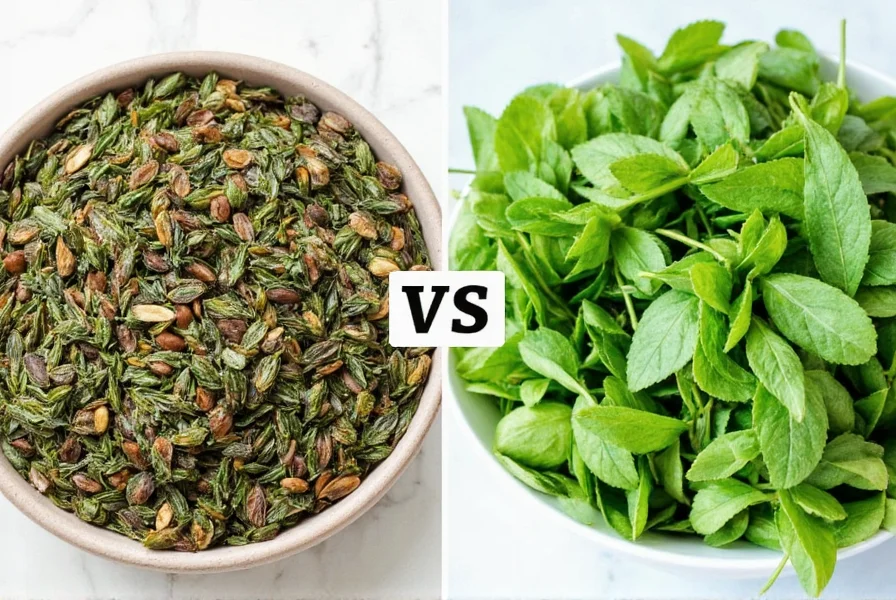 Saves time and effort by stripping leaves off stems quickly and cleanly.
Saves time and effort by stripping leaves off stems quickly and cleanly. - Vacuum Sealer
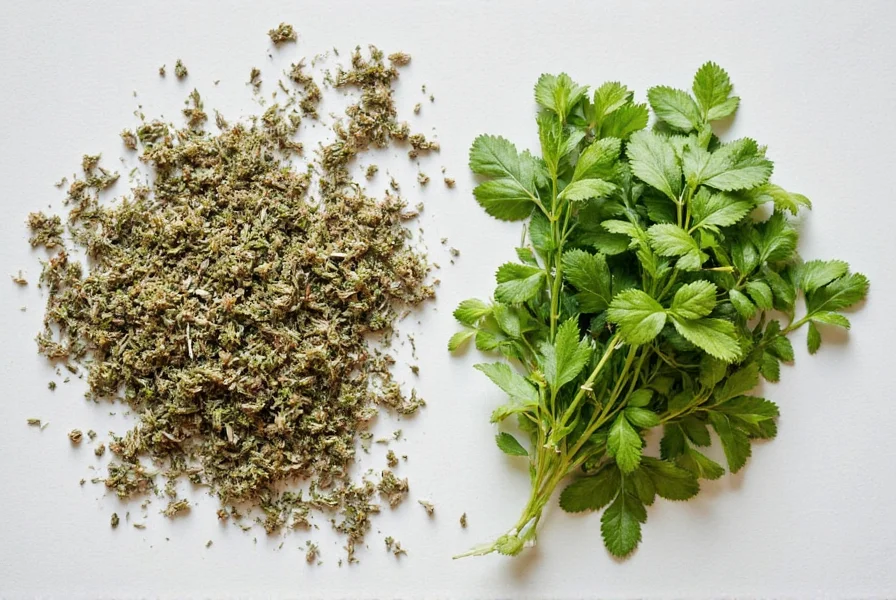 Ideal for preserving fresh herbs for weeks by vacuum sealing them with a bit of oil.
Ideal for preserving fresh herbs for weeks by vacuum sealing them with a bit of oil. - Small Food Processor
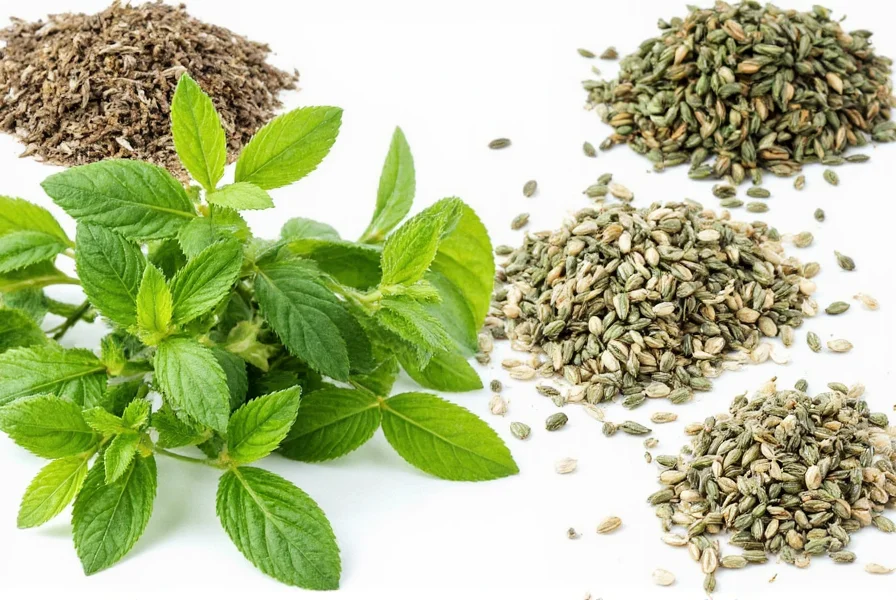 Makes whipping up pesto, pastes, or herb blends a breeze.
Makes whipping up pesto, pastes, or herb blends a breeze. - Freezer-Safe Ice Cube Trays
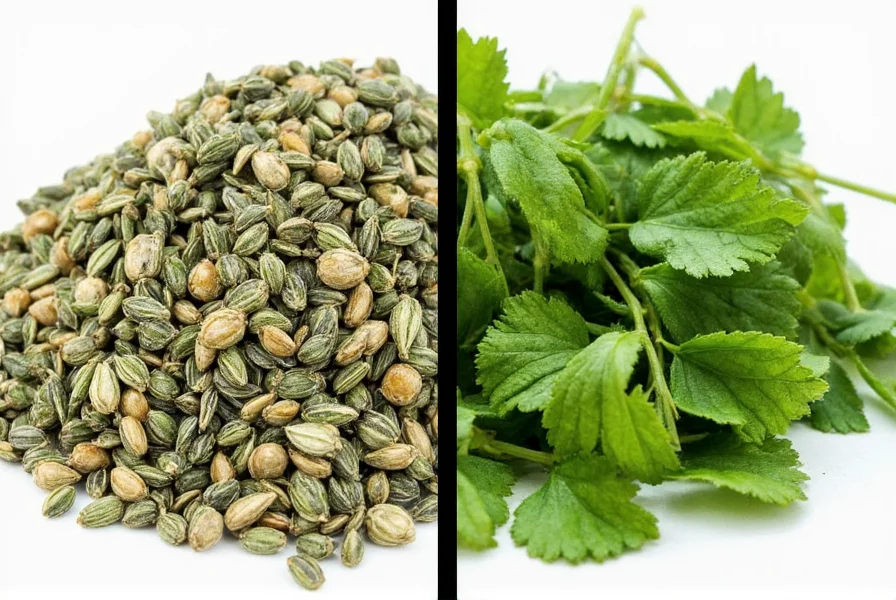 Freeze chopped herbs in oil for easy cooking cubes later on.
Freeze chopped herbs in oil for easy cooking cubes later on.
Buying Guide: What to Look For
Not all herbs are created equal. Whether buying fresh at the farmers' market or scanning shelves for dried options, here's what to watch for:
Fresh Herbs: Green & Glistening
- Leaves: Should be vibrant green, not wilted or yellowed.
- Smell: Aromatic and pungent — no funky odors.
- Stems: Firm and moist, not dry or brittle.
Dried Herbs: Color & Crumble
- Color: Bright and not faded (especially true for oregano, thyme, and marjoram).
- Texture: Should crumble easily between fingers, not feel powdery or dusty.
- Smell: Still fragrant — if it smells like old closet air, toss it.
FAQs: Spice It Up with Knowledge
We hear you whispering… "But wait, what if…" Let's clear things up:
Can I substitute dried herbs for fresh (and vice versa)?
Absolutely! Just remember the golden rule: 1 tablespoon of fresh herbs = 1 teaspoon of dried herbs. That's because dried herbs are more concentrated.
What herbs shouldn't be dried?
Basil and mint lose their luster when dried. They're best kept fresh unless you're making flavored oils or freezing them with liquid.
How do I know when my dried herbs have gone bad?
If they've lost color, aroma, or taste, it's time to say goodbye. No harm done, just no flavor either.
Which herbs retain their flavor best when dried?
Oregano, thyme, rosemary, and sage maintain excellent flavor when properly dried. These woody herbs actually develop deeper, more concentrated flavors through the drying process, making them perfect for long-cooking dishes.
Can I freeze fresh herbs for later use?
Yes! The best method is to chop herbs, place in ice cube trays, cover with olive oil or water, and freeze. Once frozen, transfer cubes to airtight bags. This preserves flavor and makes portioning easy for future cooking.
Do dried herbs have the same nutritional value as fresh?
Most dried herbs retain significant nutritional benefits, though some vitamins (particularly vitamin C) degrade during drying. However, the concentration effect means you're often using less volume of dried herbs, so the nutritional comparison isn't straightforward. Overall, both offer health benefits in different ways.
What's the best way to dry herbs at home?
For best results, harvest herbs in the morning after dew has dried, rinse gently, and pat dry. Bundle stems together and hang upside down in a dark, well-ventilated area for 1-2 weeks. Alternatively, use a dehydrator on low heat (95°F/35°C) until fully dry but not brittle.
Which option is more cost-effective in the long run?
Fresh herbs cost more upfront but are economical if you use them quickly. Dried herbs cost less per use over time since they last longer and you use smaller quantities. For infrequently used herbs, dried is usually more economical, while for daily cooking staples, fresh might be worth the investment.
Final Thoughts: Embrace the Flavor War
So, who wins in the dried herbs vs fresh herbs face-off? The answer is simple: you do! Both bring unique strengths to the table, and using them smartly can elevate your meals from meh to magnificent.
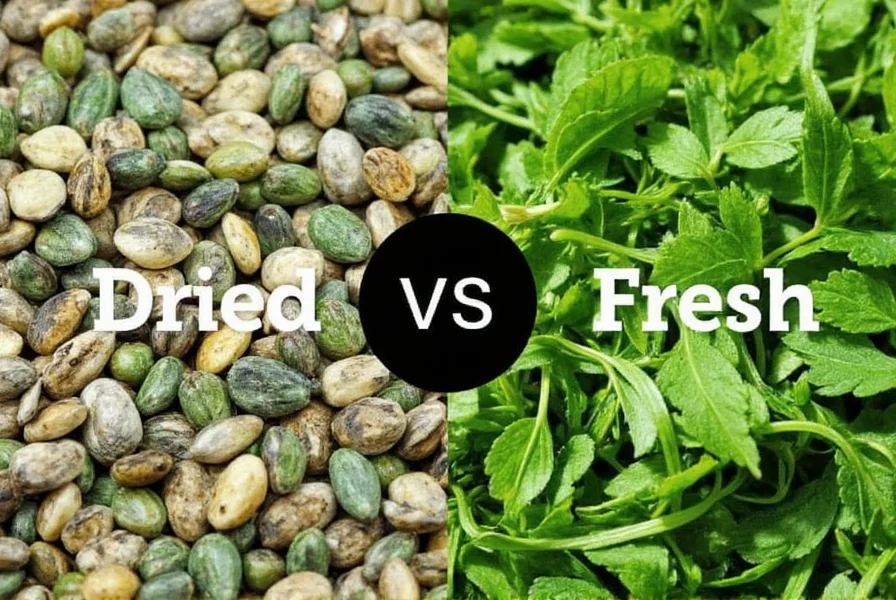
Now that you've got the low-down on herb hacks, storage secrets, and must-have tools, go forth and season like a boss. Your kitchen is officially armed with flavor.

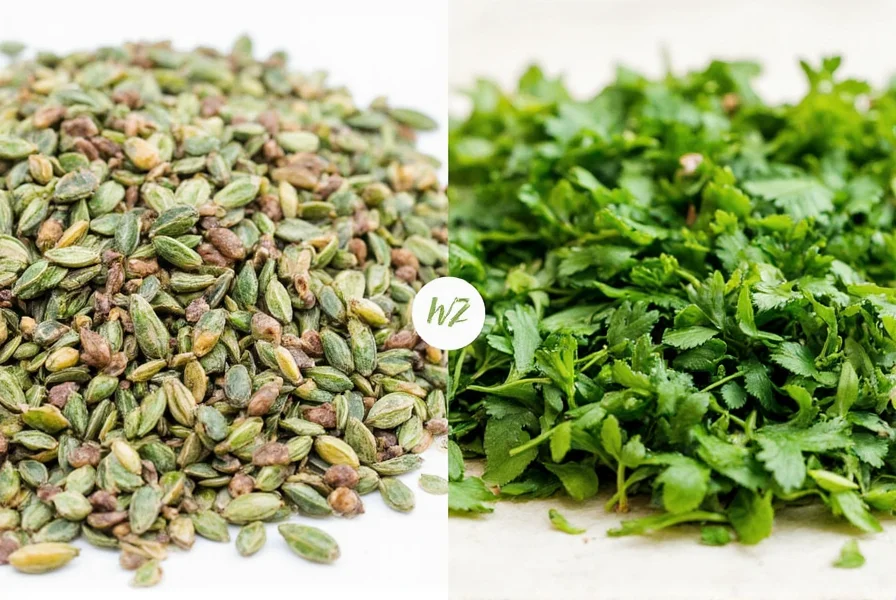









 浙公网安备
33010002000092号
浙公网安备
33010002000092号 浙B2-20120091-4
浙B2-20120091-4